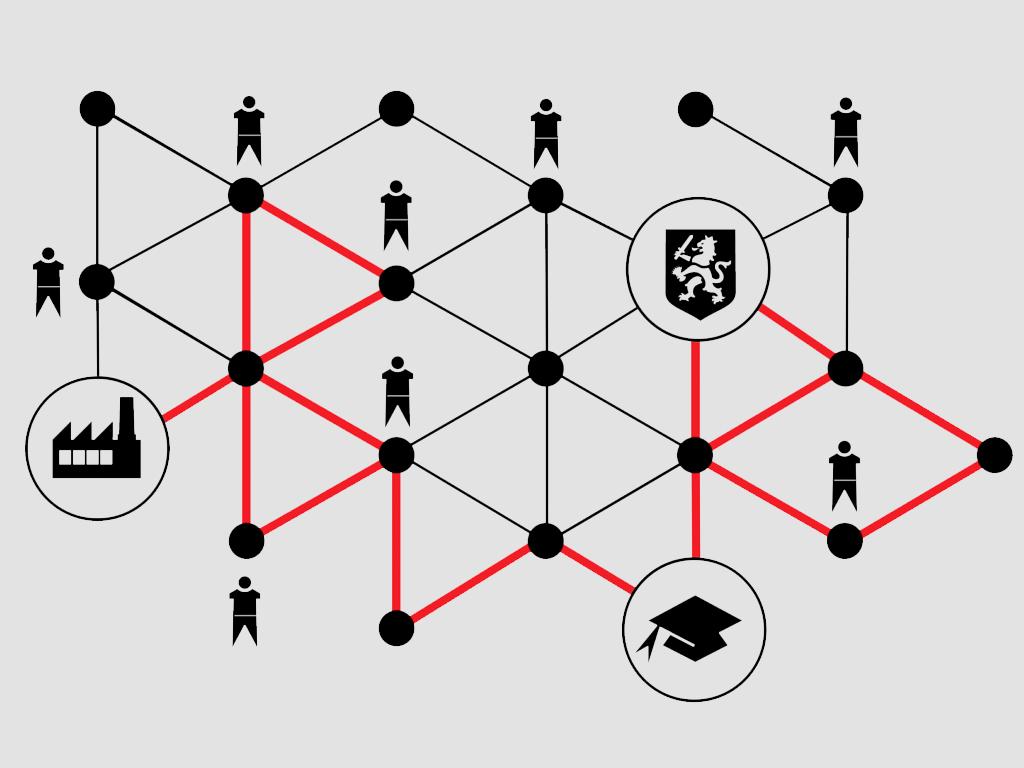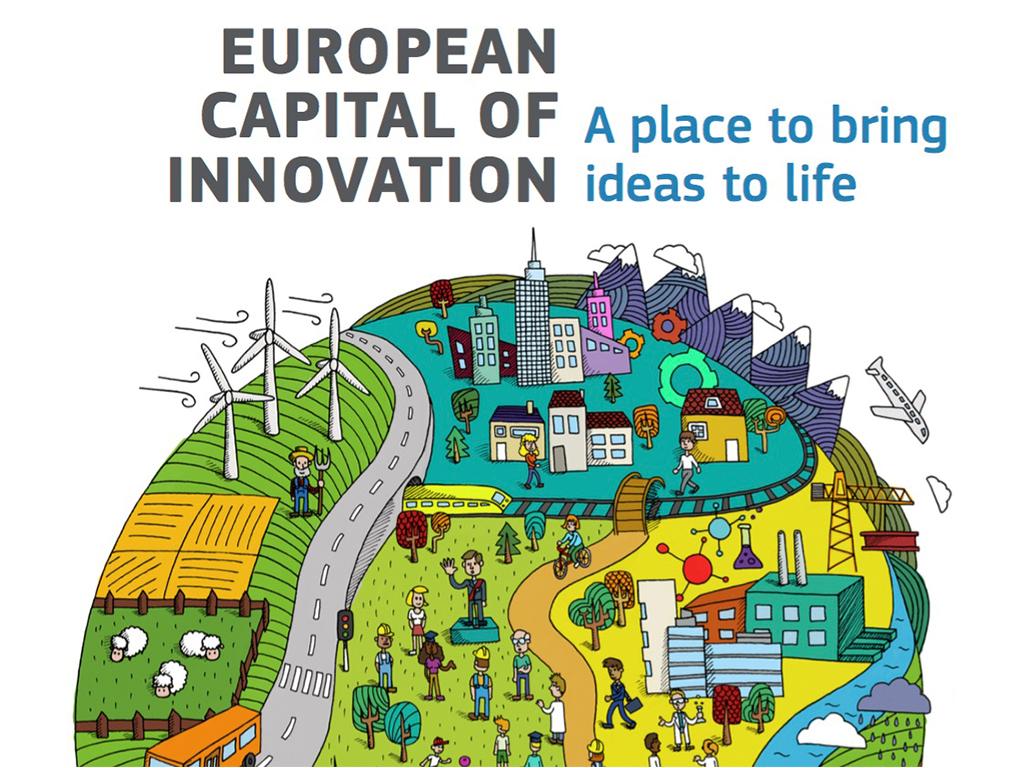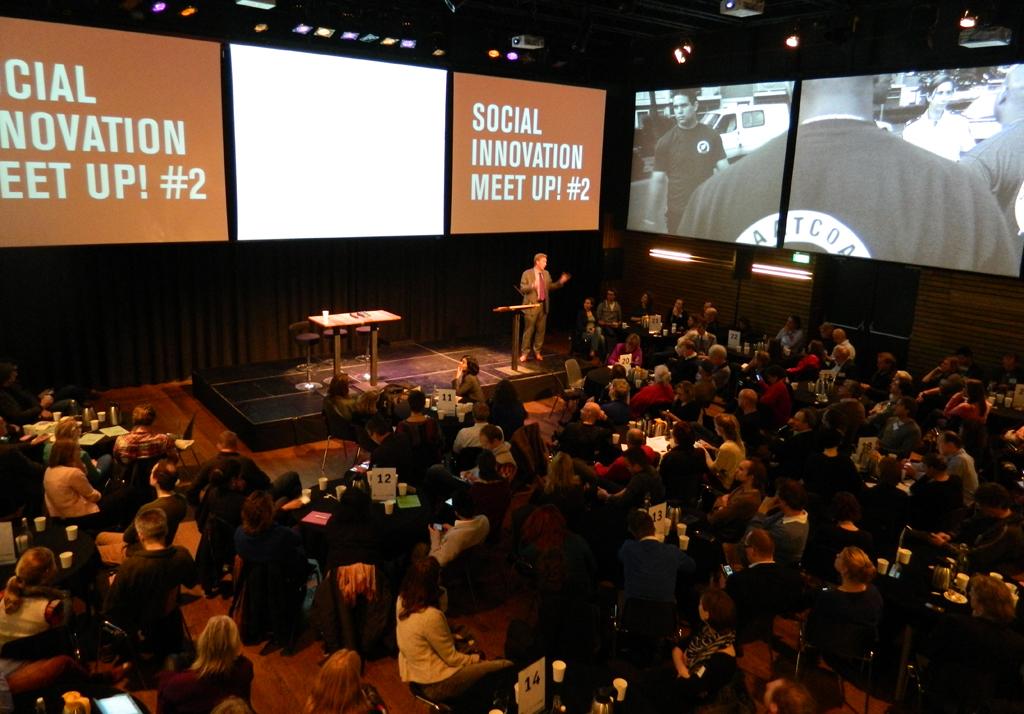In order to face societal challenges, we need to use the innovation potential of the whole society. Design Thinking and creativity are crucial to the acceptance of innovative applications and technology. It's all about encouraging people to behave sustainably.
We have survived the end of the Mayan calendar, but the issues that we are confronted with as a society remain a threatening prospect. Aging, climate change and financial crisis will not disappear if we continue as before. We expect a lot of new technologies. These could help us to stay healthy longer and to deal with our raw materials and the production of food more efficiently. We have to design technology so that it prompts us to different behaviour. The main innovation will come from behavioural change. The time of rampant consumerism is over. We will have to find another way to organize our lives, to chase our dreams and, perhaps most importantly, manage the earth. This requires a different perspective on innovation. It is no longer exclusively about technological innovation, but also social innovation.
New arrangements
Social innovation is a concept that is increasingly used in recent years to describe new strategies, concepts, ideas and organizations that attempt to offer a solution to major societal challenges. The starting point is that we must activate the innovative potential of the whole society and that design thinking and creativity are important ingredients for success. Social innovation is about new arrangements between large institutions that are often hierarchical and vertically organized, and small, agile organizations and individuals who are used to operate in horizontal, distributed networks. This cooperation in itself is very valuable.
By putting the human experience first we will be able to develop innovations that have a desired effect on behaviour. Some beautiful notion circulate: co-creation, users as designers, design thinking, crossovers. The creative industry plays an important role in these new processes, since designers and artists have much knowledge about perception and behaviour and are experts in creative processes. They are a vital link in social innovation.
Societal challenges
The Social Innovation Manifesto is a step towards a new innovation policy. An important recommendation is to not take the separate sectors and industries as a point of departure, but societal challenges.
For this, the European Grand Societal Challenges are a good starting point, such as: aging population, climate change, creativity and education, active citizenship, balancing security & privacy. Focusing on these challenges mobilises transdisciplinary cooperation and unexpected combinations. Multidisciplinary partnerships are essential in responding to contemporary, complex societal challenges to which individual disciplines do not have a complete answer. This requires a different role of the government, who would have to make creative processes and design thinking part of every commission and contract. For example when designing information systems like smart meters, electronic patient records and the smartcard. By not only looking at these as a technological challenge, but as systems with which we design behaviour, you can ensure that people trust and accept the result within the design process. Now we have systems that ultimately cannot be implemented because they evoke resistance.
Pick up the Pace
The main reason to come to a new innovation policy is that the innovation cycle is getting faster and faster. Innovation takes place in a continuous iterative open process. It is therefore not surprising that innovations emerge from horizontal, distributed networks and not exclusively from the universities and the research labs of large companies. The current innovation programs are not equipped to short-cycle dynamics. Let alone that they are open to creative research and development by small businesses and self-employed individuals. The Dutch topsector Creative Industries laid a good foundation with the clicknl research programme. It is now time to develop new tools so that we can take advantage of the creative potential in the Netherlands.
(This essay originally appeared in Crossover Works #1, January 2013 edition Federation Dutch Creative Industries.)


